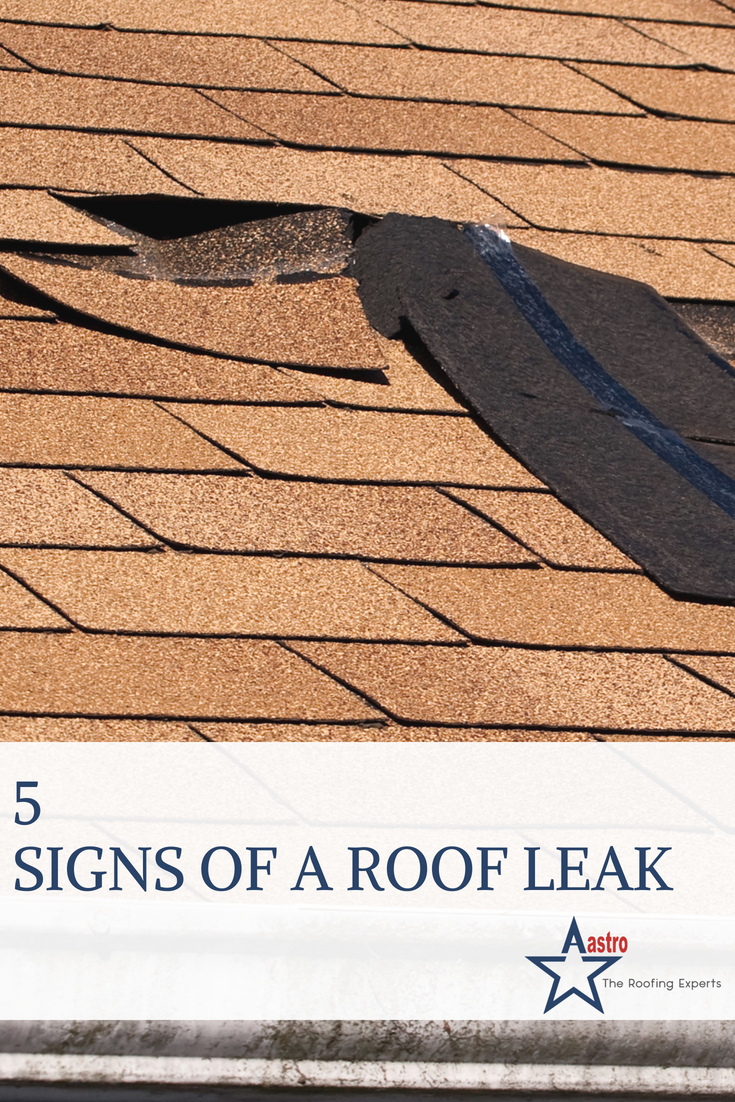Understanding this may help you determine whether or not to cover the repair out of pocket or file a homeowners insurance claim for the leaking roof.
How to tell if your roof has a leak.
However it may not look like that.
Today we re going to help you find the source of your leaking roof and look at options to fix the roof leak.
Roof leaks present multiple challenges for homeowners.
Fortunately there are a few ways to figure out if your roof has a leak before the water causes thousands of dollars of damage to the ceiling and carpet.
Insulation deteriorates more noticeably and more quickly than wood does.
They never occur at a time which is convenient and they can lead to significant damage to the interior of your home.
If your roof is fewer than 15 years old it can probably be spot repaired instead of requiring a total replacement.
The longer your roof leaks the higher the cost will be when you repair it.
If you glance at your roof you should see the shingles flat and uniform in color.
Both danger and the probability of structural erosion increase if unaddressed.
There s a water stain.
There are a few ways that shingles might start to look noticeably damaged.
Gutter leaks usually start at rusty spots or seams that have opened up because of expansion and contraction.
A water stain may look like a large puddle on the ceiling often ringed with brown.
These signs will tell you that you may have a leak in your roof.
Some roof leaks are tough to locate.
Just remember that a small leak will not go away it will only get worse.
The goal is to find the leak before the entire roof goes bad.
If your gutter is still basically sound the easiest way to stop the leak is by covering the damaged area with roof and gutter repair tape available at home centers and hardware stores.
Finding the actual spot where the roof leaks is difficult because water can enter the roof in one place and run down to another before it starts soaking into the ceiling.
The underside of your roof may be obscured by insulation and that s actually helpful for finding the roof leak.
You know the roof is bad if shingles are missing or obviously damaged or when water stains the ceiling or walls.
Their effects can linger long after the repair has been made in the form of mold growth on the interior surfaces of your home.
If your ceiling has a plastic vapor barrier between the drywall and the attic insulation push the insulation aside and look for flow stains on the plastic often water runs to openings in the vapor barrier such as at ceiling light fixtures.





























